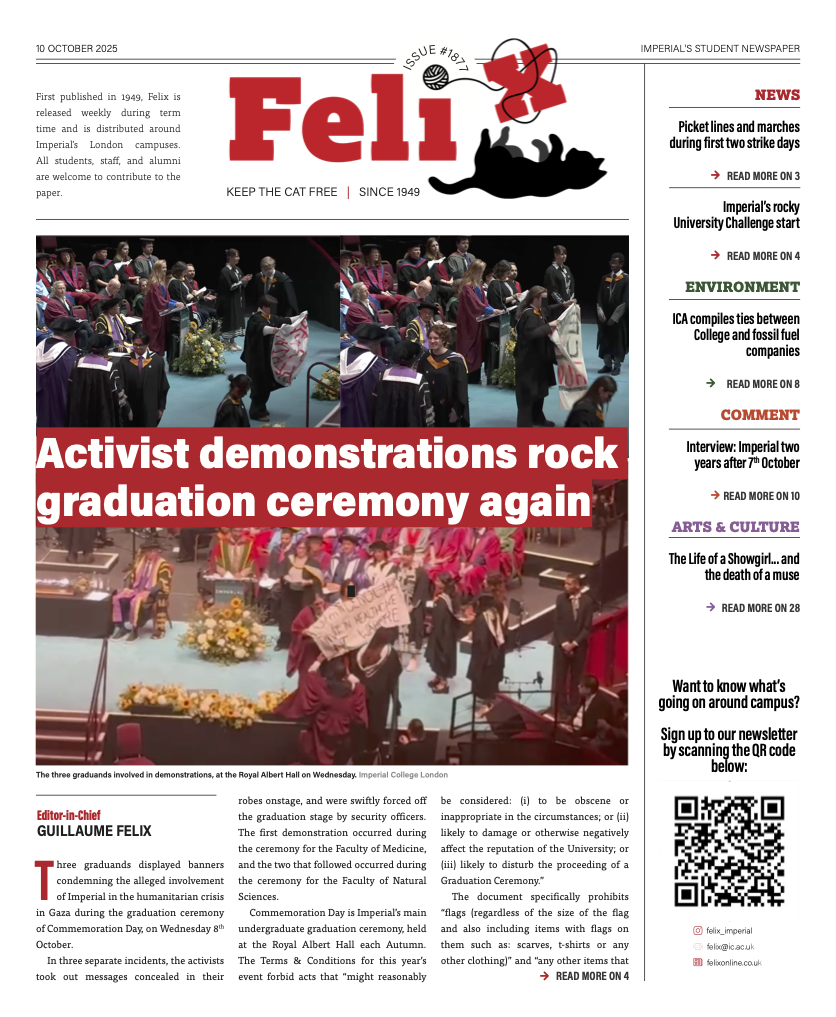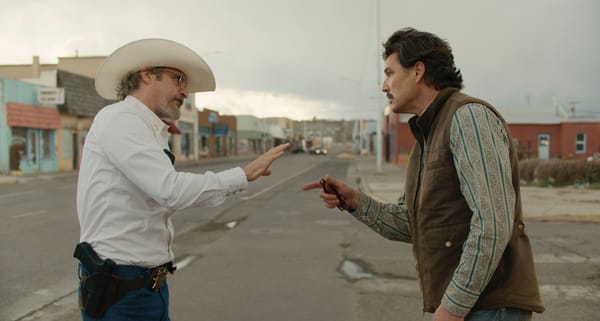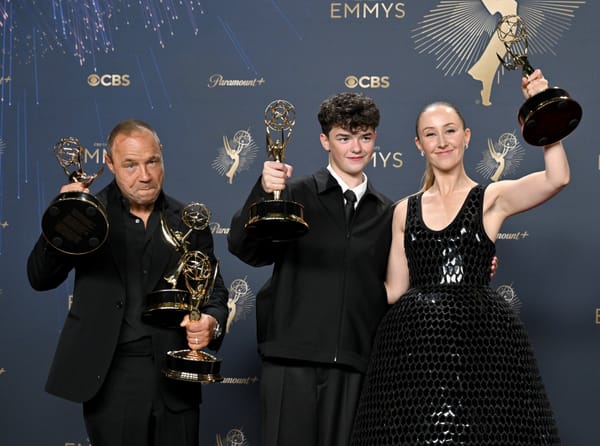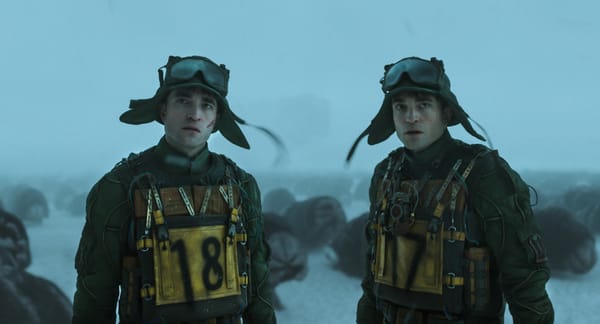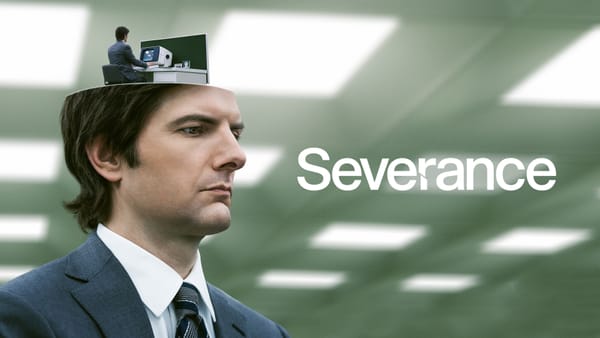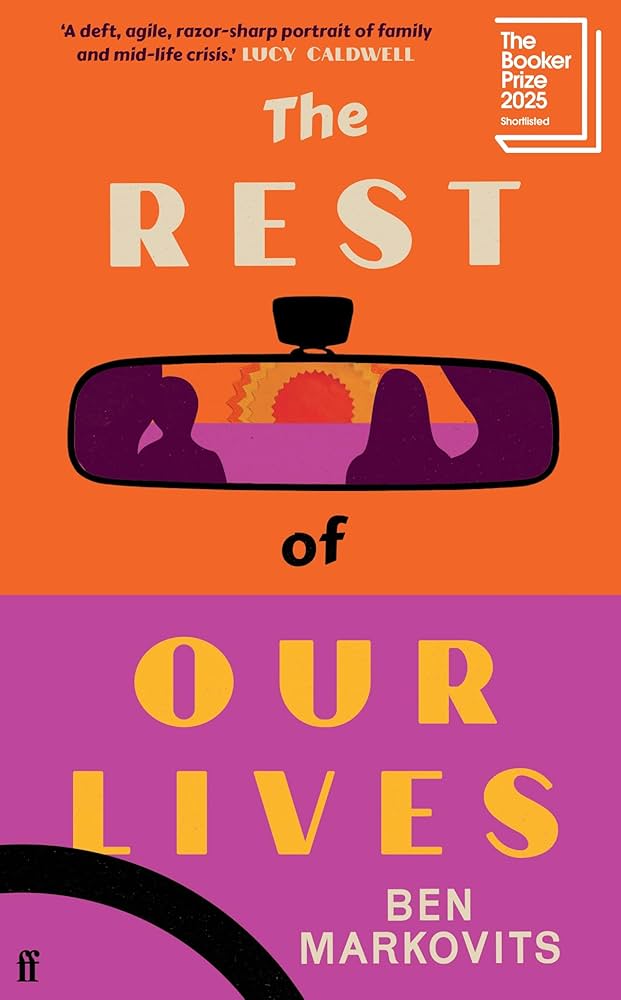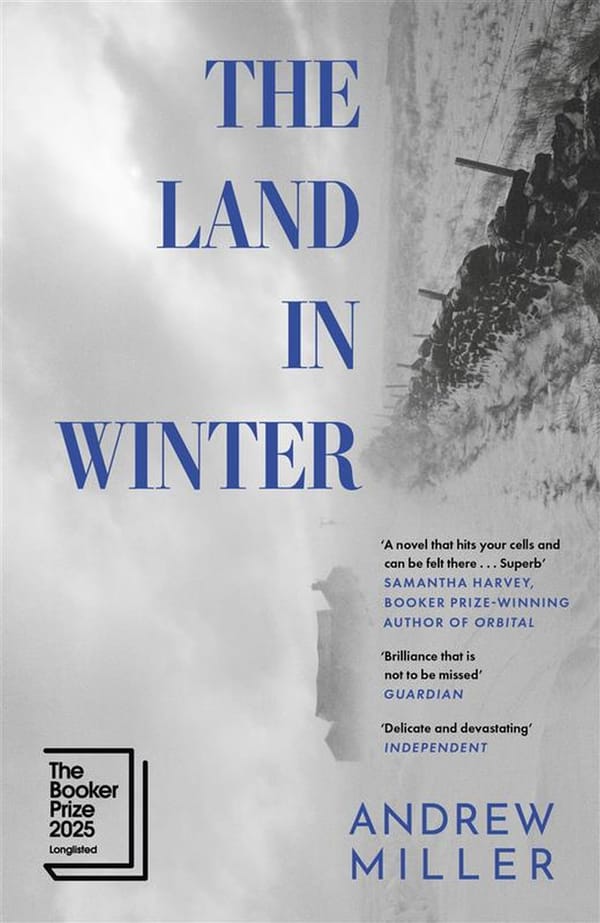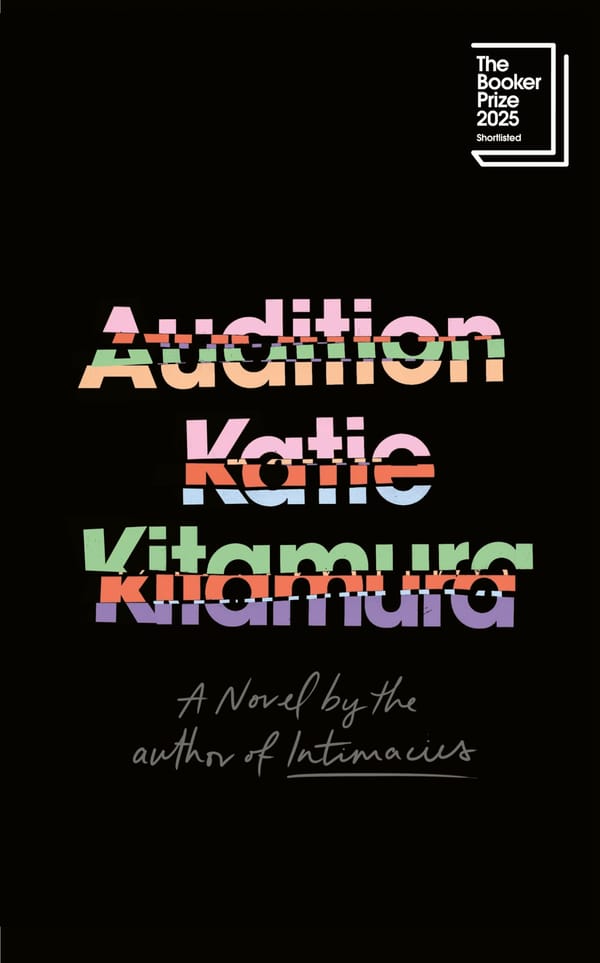One Battle After Another
A war film that wins technical battles but loses the emotional war
Paul Thomas Anderson’s new American action thriller film One Battle After Another is not your typical war film, and one can easily have described it as one of the most highly anticipated films of the year. Released on 26th September in UK theatres with a solid domestic box office debut of $22.4 million, the film is an adaptation of Thomas Pynchon’s 1990 postmodern fiction novel Vineland, though Anderson takes significant creative liberties to modernise the story for contemporary audiences.
Set against a backdrop of political unrest and authoritarianism, the narrative follows Bob Ferguson (Leonardo DiCaprio), an ex-revolutionary who must reunite with former allies to rescue his daughter Willa (Chase Infiniti), from a corrupt military official. Its filming utilised VistaVision, 70mm film, and IMAX formats, marking one of the first films in decades to use VistaVision (horizontal 35mm film) for principal photography.
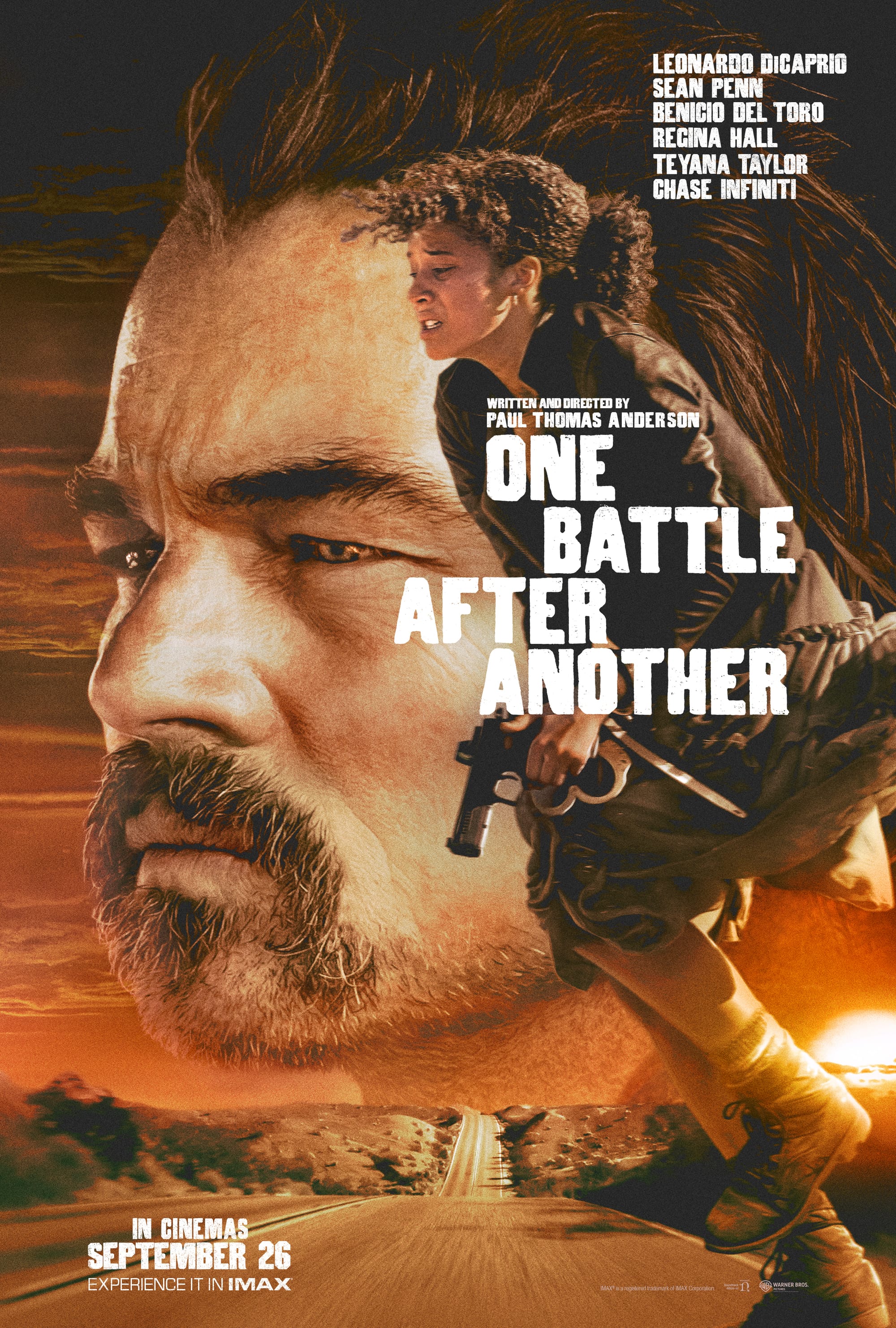
Cinematography, sound, and mixed reviews
Visually, the film is compelling. Its desaturated foundation gives the world a drained, exhausted look, while colour accents – a bright sunrise, for example – feel like sudden intrusions. The use of silence is strategic: after loud scenes the film will hold on to a quiet beat, letting the audience feel a kind of psychic echo. Rather than following a traditional arc of conflict and resolution, the film drifts through time and memory, replaying events that make it difficult to determine where, or when, we are.
From a critical standpoint, this film is ironically both a work of chaos and of deliberate restraint. Anderson constructs a visual and emotional storytelling landscape that keeps everyone on edge – a reflection of soldiers and rebels trapped in a cycle of violence and numbness. However, the sparse dialogue and close-up shots also suggest that the real battles are internal, fought in memory and guilt. Occasional wide frame shots often dwarf the characters, reducing them to insignificant figures against the vast, overdetermined landscapes. Intense piano scores continuously resurface against the sound of gunfire and engines, mirroring the characters’ endless psychological struggles.
This film is ironically both a work of chaos and of deliberate restraint
Nevertheless, some viewers, while they may still be in the minority, have described the film as slow, emotionally distant, even inaccessible. General audience reviews sit below the glowing critic averages – an example of critical admiration meeting polarised popular opinion. This gap makes sense. Its silences stretch longer than necessary, and its emotional beats are so understated they almost vanish. The result is a film that feels detached rather than moving, more analytical than empathetic.
Themes and interpretation
In terms of narration, the looped structure of quite literally one battle after another enacts trauma’s refusal to close. The film suggests that surviving a battle is not an endpoint; it’s another start of the same pattern. After all, violence is cyclical, not chronological. Domestic scenes are filmed with the same intensity and extremism as combat, blurring the line between private and political conflict. Borders, like the US-Mexico border, provide a motif for psychic division and repression. Anderson’s use of geographical metaphors runs deep throughout the film, and impactful characters like Perfidia (Teyana Taylor) and Sensei Sergio St. Carlos (Benicio del Toro) embody often radical political and spiritual ideas. Anderson’s ambitions of such allegories may be insightful, but again sometimes sacrifice clarity for short glimpses of confusing metaphorical density. The film is also a confusing mix of satirical characters, like Col. Lockjaw (Sean Penn), and otherwise more normal characters who seem out of place overall.
In the end, One Battle After Another is less about resolution than reflection – a cinematic reckoning with a world that continues to fight. Comedy keeps the film alive, but I think it’s a movie easier to admire than to enjoy.


